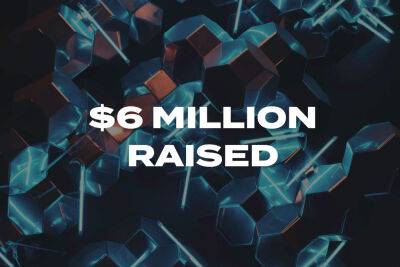Philanthropy is facing a ‘triple squeeze’ and digital assets can help - Citi
Last year, Citi estimated that $550 billion is annually donated to charities worldwide, and Thompson argues this could go even further if philanthropic organisations utilised all the assets available to them.
Philanthropy has seen a shrink in its donor base in recent years, leading to a greater reliance on higher-value donations. Looking into 2023, Citi’s report gives insight into how philanthropy should be adapted for charities to continue supporting their beneficiaries.
Thompson describes a ‘triple squeeze’ on the sector: “The cost of living crisis is going to impact donors in that they might be less able to and less willing to give, so there will be a squeeze on the level of fundraising and the value of donations. The second element of the triple squeeze is that costs for charities go up. The cost of staffing is already having an impact on the ability to fill vacancies in the sector.
“A third factor is increasing demand; the cost of living crisis is driving a need for greater availability of charitable services. We think it's coming from three different angles on the sector and presenting this huge challenge, but there is a note of optimism that philanthropy seems to always find a way.”
She expands on two major innovations laid out in the report. The first on how funders can unlock more of their assets, which could open up a further $2.4 trillion in funding, and the second on looking to digital asset donors as a novel donor base that can provide new opportunities within the global reach of philanthropy.
Digital assets present a significant new funding opportunity to increase annual philanthropic donations. The report suggests that targeting digital asset donors could catalyse a fundamental shift, leading to increased
Read more on finextra.com
















